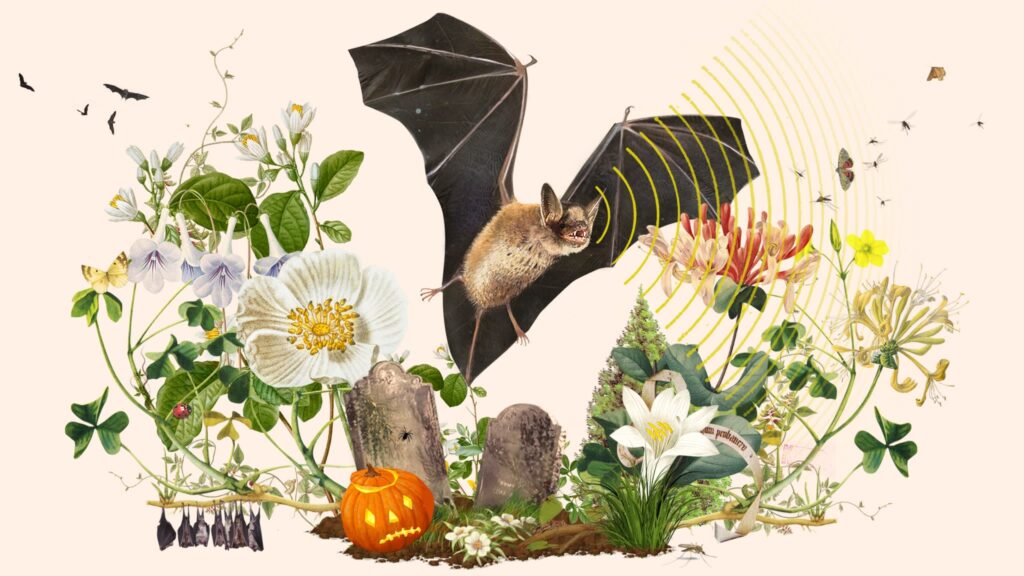Why birdwatching is better than binge-watching

Exactly two years ago I was trudging up the path to a bird reserve. “The Brant geese are here!” enthused the first fellow visitor I passed.
“More snow geese are arriving!” announced the second person I ran into.
“Jesus is coming!” proclaimed the third.
Beat that, Mr Bird Watcher, I thought. Street preachers are rarely encountered at bird sanctuaries. But this was Jamaica Bay, New York City.
I saw the geese but not The Redeemer that day. Urban reserves, parks and gardens are lively with migrants in January, amid the chill of the northern winter.
New York was my last overseas visit. Since then, I have suffered a middle-class entitlement meltdown due to cancelled business trips and holidays. You know things are serious when you have to miss the Verona opera festival for the second year running.
It is just as well birds are prepared to come to us. Coronavirus means humans have become distinctly non-migratory. Bunkered in our dwellings, we voyage via Zoom calls and Netflix dramas.
Hanging out with winter migrants is a more satisfying way of travelling without leaving home turf. It opens the lungs and stills the nerves in ways binge watching cannot. You can get lost amid the swirling flocks and their unspoken travellers’ tales.
Britain is becoming a hotspot for feathered migrants as a result of rising temperatures and our fondness for feeding birds. Some now even head north in winter to visit us. A recent study shows blackcaps, perky passerines that visit suburban gardens, are breezing in from warmer Spain as well as chilly Germany.
“The visitors to Britain get back to breeding grounds two to three weeks earlier and in better condition than rivals,” says Paul Stancliffe from the British Trust for Ornithology.
Black-headed gulls wheeling over park lakes include migrants from the Low Countries and the Baltic. Short-eared owls overwintering in growing numbers among Thames reedbeds often flew from Scandinavia. It’s almost as if those birds never heard of Brexit.
Whooper swans are our most spectacular visitors. These big, streamlined animals are Europe’s counterpart to America’s trumpeter swans. A flock of whoopers circling overhead “like a gleaming, silver ribbon” cheered depressive Finnish composer Jean Sibelius. Their steady wingbeats are immortalised in the theme of his great Fifth Symphony.
Such tributes have perils. I once knew a chief executive who based a whole inspirational speech on migrating geese. His schtick was that everyone in a company should take turns to lead the flock, then slipstream behind the next leader. His talk was popular on the local circuit. He gave it frequently. His neglected business faltered. He got sacked.
In reality, migrating birds have little in common with humans, even the athletic kind. Mark Watling, a sports medic and former international distance runner, says the most observable difference is that birds do not have to train for their exertions “while humans behave very oddly for months, if not years, to improve their endurance and power-to-weight ratio”.
Runners burn off fat before marathons. Birds build it up before migrating, shrinking internal organs to reduce weight gains. Extraordinary feats ensue. A 2007 study recorded how one bar-tailed godwit, a willowy wading bird, flew from Alaska to New Zealand nonstop. That was a distance of 7,200 miles, equivalent to 274 marathons. She was in the air for eight days.
Bar-headed geese, common in wildfowl collections in the UK and US, are also extreme athletes. They have been recorded crossing the Himalayas at 24,000 feet, a height at which climbers start using oxygen tanks.
Evolution endows bar-heads with big lungs and oxygen-cramming haemoglobin. But only the most puritanical Darwinian would refuse to see such journeys as heroic. Migrations are dangerous. Unfit birds expire en route. Healthy ones may be blasted out of the sky in such shameful rituals as Malta’s annual massacre of migrants.
We can be kinder. Garden bird feeders help blackcaps and finches. Wash them regularly in hot water or spray with safe disinfectants. Avian travellers can spread diseases among local counterparts through indirect contact, like humans do.
Plant berry-bearing trees and bushes. Redwings appreciate a snack from rowans, holly, berberis or cotoneasters. Breaking the ice in ponds and bird baths provides them with drink.
If you are walking across fields or foreshores, please put your dog on a lead near flocks. It’s fun for Fido to drive them into the air in great, feathery eruptions. “But birds that have flown several thousand miles need to feed,” says Abbie Burrows, a guide at Elmley nature reserve on the Thames estuary. “Flushing them with dogs leaves them exhausted.”
Besides, migratory birds can be dangerous — to your dignity. I once blundered into an Arctic tern colony on Shetland. The birds rose in a cloud to attack me, à la Hitchcock. I crouched to avoid the dive bombing. My trousers split.
I returned to the mainland in skin-tight jeans. They were the only male legwear Tesco Lerwick had to offer. They would probably have looked great on a teenage Shetlander. But I resembled a bashful Falstaff togged up in Prince Hal’s hose and codpiece. It served me right.
Jonathan Guthrie is the head of Lex. For more columns go to ft.com/naturetherapy
Follow @FTProperty on Twitter or @ft_houseandhome on Instagram to find out about our latest stories first